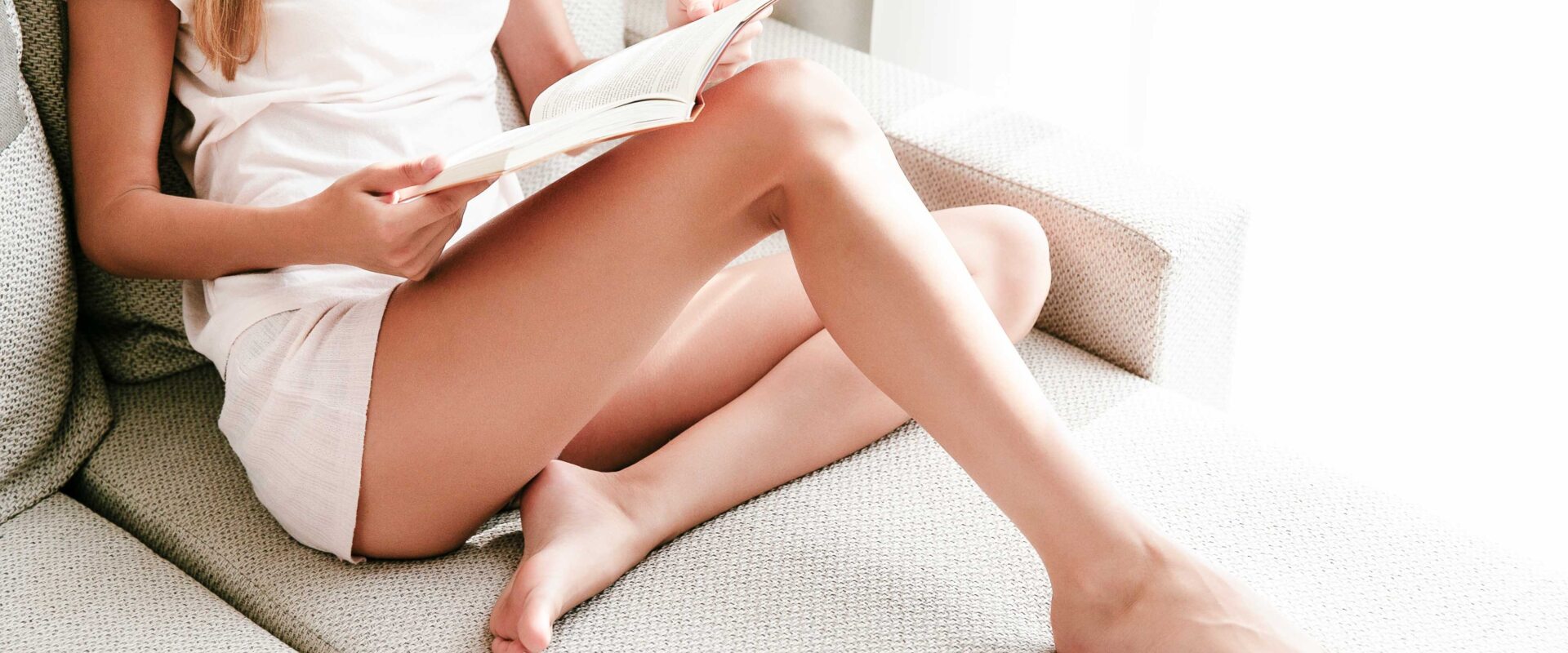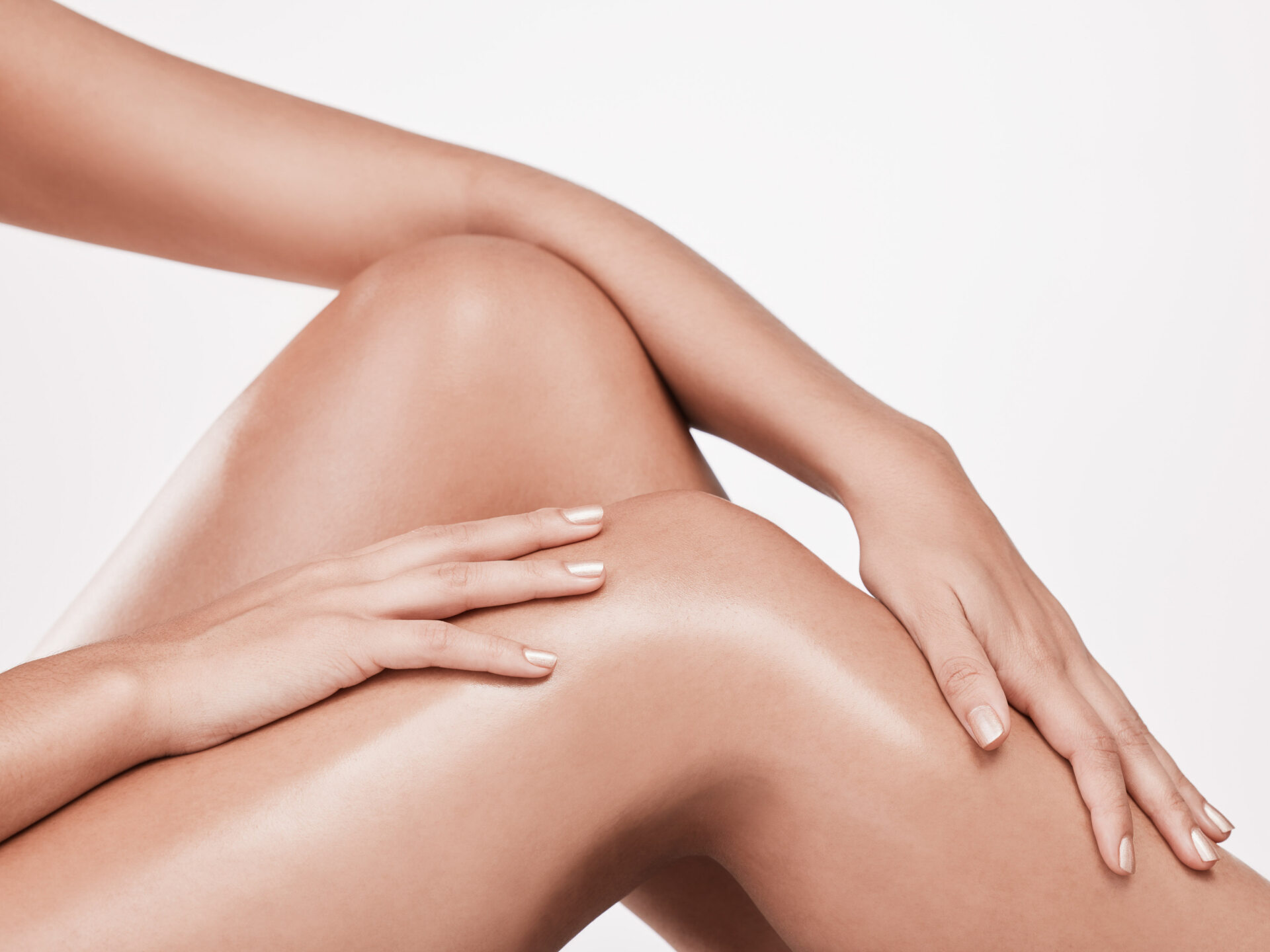Foam sclerotherapy of spider veins: The gentle treatment of aesthetically disturbing small veins
Foam sclerotherapy of varicose veins is particularly suitable for patients in whom varicose veins have recurred after an operation and which cannot be treated well using conventional methods. In these cases, there are usually many branched and tortuous varicose veins. Foam sclerotherapy can also be an option for older patients for whom there is an increased risk of surgery. In patients who already suffer from open areas on the leg, foam sclerotherapy can possibly achieve faster healing of the open area.
Quick Facts
- Duration of intervention
- approx. 20 min
- Anesthesia
- not required
- Type of operation
- outpatient
- Clinic
- Wiesbaden, Mainz
- Aftercare
- Compression stocking 1 week
- Sport
- after 1 week
- Socially acceptable
- directly after surgery
- Workable
- directly after surgery
How does foam sclerotherapy work for spider veins?
Foam sclerotherapy is a technique for treating spider veins and smaller varicose veins. In this method, a specially prepared foam is injected into the affected veins to close them and reduce their visibility. This is how the procedure works:
Preparation of the foam. A special foam is created by mixing a liquid sclerosing agent with air or another gas. This results in a stable foam that can spread well in the veins.
Injection of the foam. The prepared foam is then injected directly into the affected veins. The foam can spread evenly in the veins and irritate the walls of the dilated veins.
Closure of the veins. The sclerosing agent in the foam causes a reaction on the vein walls that leads to their closure. This reduces the visibility of the spider veins and causes the blood to be redirected through other, healthier veins.
Aftercare. After foam sclerotherapy, compression stockings should be worn for a week to support the pressure on the veins and promote the healing process.
Foam sclerotherapy offers an advantage over traditional liquid sclerotherapy methods. The foam has a longer contact time with the vein walls, which improves the effectiveness of the treatment. The foam also allows for better visibility and control during the procedure.
How proven is foam sclerotherapy for spider veins?
The procedure has been used for many years and has proven its safety and effectiveness in several controlled studies.
Advantages of foam sclerotherapy for varicose veins and spider veins
Foam sclerotherapy for the treatment of spider veins is an established procedure that is superior to laser treatment in many respects. In a study published in the Journal of the European Academy of Dermatology and Venereology, 56 patients with spider veins and reticular veins on both legs received laser treatment on one leg and sclerotherapy injections on the other leg.
We therefore see these advantages with foam sclerotherapy for spider veins:
More comprehensive treatment. Sclerotherapy allows for more comprehensive vein treatment as it can also treat larger veins deeper under the skin surface that lasers cannot reach.
Fewer sessions. Sclerotherapy treatments allow for faster elimination of vein problems, usually with fewer treatment sessions than lasers. Sclerotherapy usually requires only one or two treatment sessions for complete resolution, while lasers usually require more⁴.
Less painful. Foam sclerotherapy injections are less painful than laser treatments.
Sclerotherapy injections can also be used following varicose vein treatment to remove small vein branches if necessary.
Risks and side effects of foam sclerotherapy for spider veins
Foam sclerotherapy is a relatively safe and effective method of treating spider veins. However, as with any medical procedure, risks and side effects can occur.
Temporary pain or discomfort. After the foam has been injected, there may be temporary pain or a slight burning sensation at the injection site. This usually disappears within a short time.
Hyperpigmentation. A temporary discoloration of the skin, known as hyperpigmentation, may occur. This can cause the skin at the treated area to appear temporarily darker.
Inflammatory reaction. In some cases, a local inflammatory reaction may occur, which can lead to swelling or redness. This is usually temporary and subsides on its own.
Allergic reactions. Although rare, allergic reactions to the sclerosing agent can occur. It is important to report any known allergies to the treating doctor.
Thrombophlebitis. In rare cases, superficial vein inflammation, known as thrombophlebitis, may occur. This can be accompanied by pain, redness and swelling.
Ulcerations. Very rarely, ulcerations (boils) may occur at the injection site. However, this is extremely uncommon.
Most people who undergo foam sclerotherapy experience only mild or no side effects.
Will my insurance cover the costs?
The treatment of spider veins is a cosmetic treatment and is therefore not covered by statutory health insurance. The treatment is therefore carried out as a self-pay service. Private health insurance companies may cover the costs in some cases; if in doubt, speak to your insurance company.
Frequently asked questions about foam sclerotherapy
After treatment with foam sclerotherapy, we recommend wearing compression stockings for one week.
Moderate exercise such as walking is recommended and beneficial the day after the procedure. In general, you are not doing anything wrong if you take a break for a week.
You may and should walk again immediately after the treatment. You can exercise at home as usual. Walks are also recommended. Avoid anything that is strenuous or painful. It is advisable to elevate the treated leg occasionally during the first week. Avoid sitting or standing for long periods; walking and lying down are better. You should not resume fast walking or jogging for at least a week.
The removal of spider veins using sclerotherapy costs 220 euros per session. A larger number of spider veins can be treated on both legs in one session. Depending on how many spider veins there are, two or three sessions may be necessary.



